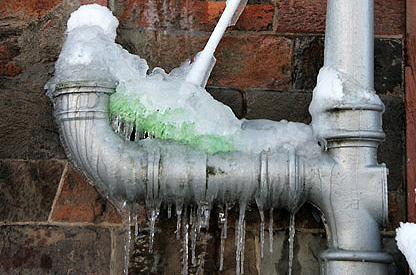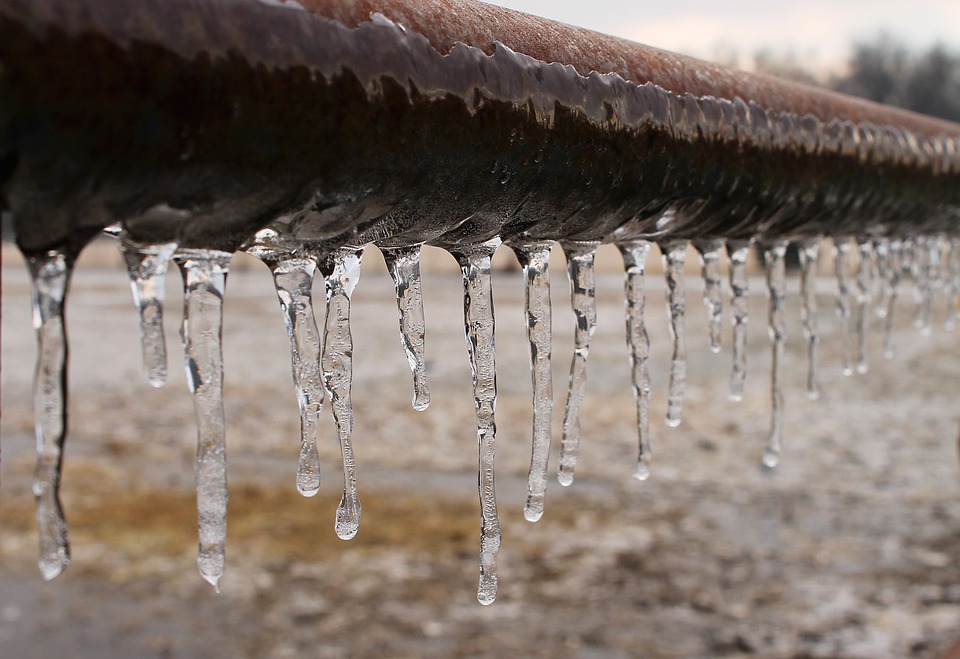How to Defend Your Pipes from Cold Weather: Expert Advice
Go Deal NowWhat are your thoughts concerning 6 Ways to Prevent Frozen Pipes?

Cold weather can wreak havoc on your plumbing, particularly by freezing pipelines. Here's how to prevent it from happening and what to do if it does.
Introduction
As temperatures drop, the threat of frozen pipelines boosts, potentially bring about pricey repair work and water damages. Recognizing just how to stop frozen pipelines is essential for home owners in cold climates.
Comprehending Frozen Pipelines
What creates pipelines to ice up?
Pipelines ice up when revealed to temperature levels listed below 32 ° F (0 ° C) for expanded periods. As water inside the pipes freezes, it expands, putting pressure on the pipeline wall surfaces and potentially causing them to burst.
Risks and damages
Frozen pipes can lead to water supply disturbances, home damage, and pricey repair services. Burst pipelines can flood homes and create comprehensive structural damages.
Signs of Frozen Piping
Determining frozen pipes early can stop them from rupturing.
Exactly how to recognize frozen pipelines
Search for lowered water flow from faucets, uncommon odors or noises from pipes, and visible frost on subjected pipes.
Prevention Tips
Protecting prone pipelines
Wrap pipes in insulation sleeves or utilize warm tape to protect them from freezing temperatures. Focus on pipelines in unheated or exterior locations of the home.
Heating techniques
Keep interior spaces appropriately heated, especially areas with pipes. Open up closet doors to permit cozy air to distribute around pipes under sinks.
Safeguarding Outside Plumbing
Garden hoses and exterior taps
Detach and drain yard pipes before winter. Set up frost-proof spigots or cover exterior faucets with shielded caps.
What to Do If Your Pipelines Freeze
Immediate actions to take
If you believe frozen pipelines, keep faucets open to relieve pressure as the ice melts. Utilize a hairdryer or towels taken in hot water to thaw pipelines gradually.
Long-Term Solutions
Structural changes
Consider rerouting pipelines away from exterior walls or unheated locations. Include additional insulation to attic rooms, cellars, and crawl spaces.
Updating insulation
Buy high-quality insulation for pipes, attics, and wall surfaces. Correct insulation aids maintain consistent temperatures and reduces the threat of icy pipelines.
Verdict
Preventing frozen pipes requires proactive measures and quick reactions. By understanding the causes, indicators, and safety nets, home owners can secure their plumbing during cold weather.
5 Ways to Prevent Frozen Pipes
Drain Outdoor Faucets and Disconnect Hoses
First, close the shut-off valve that controls the flow of water in the pipe to your outdoor faucet. Then, head outside to disconnect and drain your hose and open the outdoor faucet to allow the water to completely drain out of the line. Turn off the faucet when done. Finally, head back to the shut-off valve and drain the remaining water inside the pipe into a bucket or container. Additionally, if you have a home irrigation system, you should consider hiring an expert to clear the system of water each year.
Insulate Pipes
One of the best and most cost-effective methods for preventing frozen water pipes is to wrap your pipes with insulation. This is especially important for areas in your home that aren’t exposed to heat, such as an attic. We suggest using foam sleeves, which can typically be found at your local hardware store.
Keep Heat Running at 65
Your pipes are located inside your walls, and the temperature there is much colder than the rest of the house. To prevent your pipes from freezing, The Insurance Information Institute suggests that you keep your home heated to at least 65 degrees, even when traveling. You may want to invest in smart devices that can keep an eye on the temperature in your home while you’re away.
Leave Water Dripping
Moving water — even a small trickle — can prevent ice from forming inside your pipes. When freezing temps are imminent, start a drip of water from all faucets that serve exposed pipes. Leaving a few faucets running will also help relieve pressure inside the pipes and help prevent a rupture if the water inside freezes.
Open Cupboard Doors
Warm your kitchen and bathroom pipes by opening cupboards and vanities. You should also leave your interior doors ajar to help warm air circulate evenly throughout your home.

We had been brought to that article about Helpful Tips to Prevent Frozen Pipes this Winter through a good friend on a different web blog. Are you aware of somebody who is enthusiastic about the topic? Please feel free to share it. I am grateful for being here. Revisit us soon.
Book Today